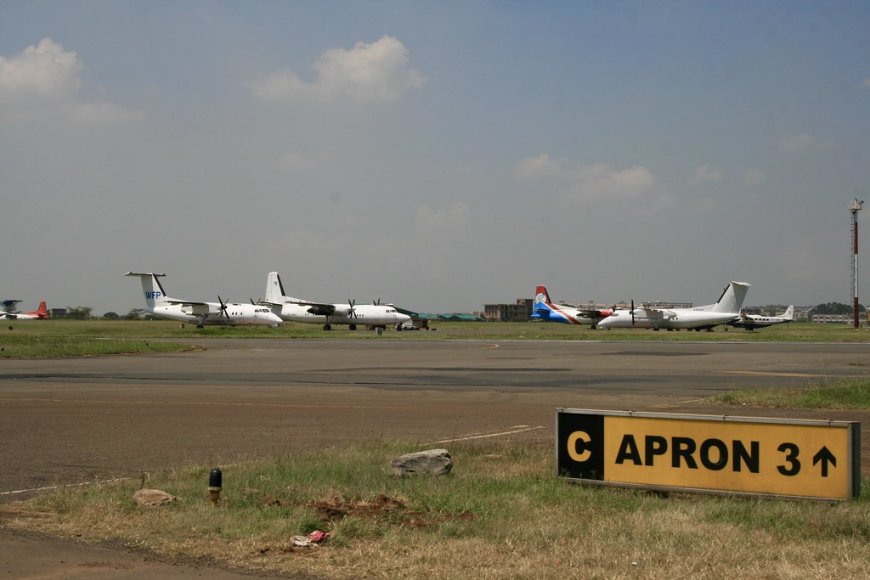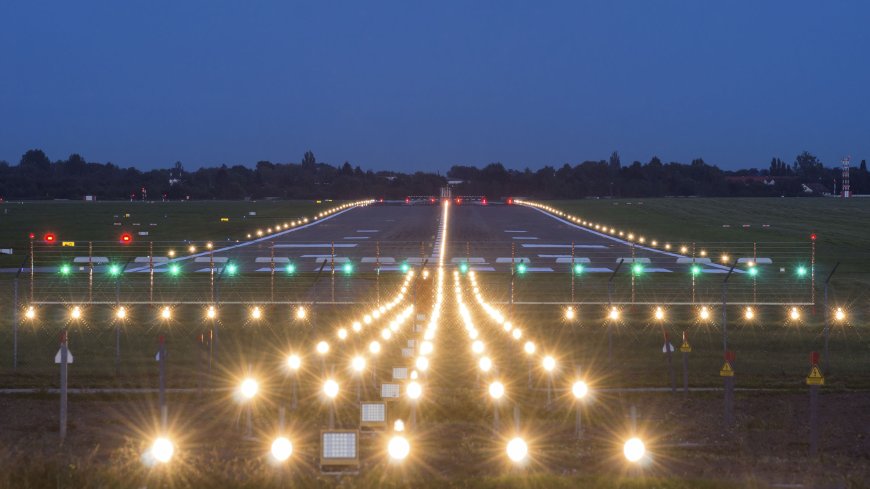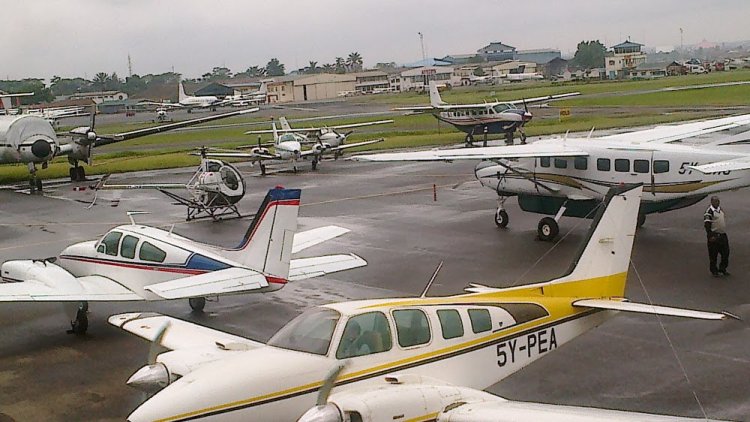KAA Announces Outage Of Runway Lights Threatening Flight Disruptions At Wilson Airport
The root cause of the outage was however not established by the time of publishing this article.

The Kenya Airports Authority (KAA) has issued a notice to members of the public regarding the outage of runway lights at Wilson Airport, a matter which could potentially disrupt all flights.
In the statement on Thursday, April 11, the authority revealed that the runway lights are out of service due to a technical issue, which is however being addressed by its team.
"We would like to inform the public that the runway lights at Wilson Airport are currently out of service due to a technical fault. Our team is in the process of identifying the root cause," stated the authority.

Image of runway lights at an airport. /STANTEC
As a precautionary measure, a Notice to Airmen (NOTAM) has been issued.
"We apologize for any inconvenience this may cause to our valued passengers and stakeholders," added the statement.
The root cause of the outage was however not established by the time of publishing this article.
What Are Runway Lights?
Runway guard lights are installed at taxiway/runway intersections. They are primarily used to enhance the conspicuity of taxiway/runway intersections during low visibility conditions but may be used in all weather conditions.
In reality, all lights on an airfield are essential to the safety and efficient aircraft operations during takeoff, landing, and taxiing. Here’s how:
- Taxiway edge lights are always blue and, in some cases, are accompanied by green recessed, in-pavement centerline lights for enhanced visibility during inclement weather.
- Runway edge lights are white, transitioning to amber near the departure end of the runway.
- The ends, or thresholds, of the runways have green lights at the “beginning” of the runway or approach end.
- The departure end is marked by red lights delineating the end of the operational pavement.
- Recessed in-pavement runway lights, also white in colour, are common at most large airports to provide enhanced runway visibility. These lights are typically used in conjunction with approach light systems, which extend beyond the runway ends, providing a visual queue for the pilots to line up the aircraft during the approach.
What Happens When Runway Lights Fail?
A blacked-out runway is a serious emergency. The first action is to communicate with the tower & Air Traffic Control for the nearest suitable landing field.
If the lights-out problem was noticed in the NOTAMS, pilots should have an alternate. If a pilot has to fuel to fly to an alternate, he or she should treat it as a pilot would in a closed field due to weather below minimums.
There have been instances of incoming flights being diverted to other airports and outgoing flights cancelled due to the failure of runway lights, a matter which can lead to hundreds of passengers stranded.
Wilson Airport is the primary hub for all light aircraft flying within Kenya and neighbouring countries and is one of the busiest light aircraft airports in Africa.
The airport serves domestic and international traffic and is used mostly by general aviation traffic.







